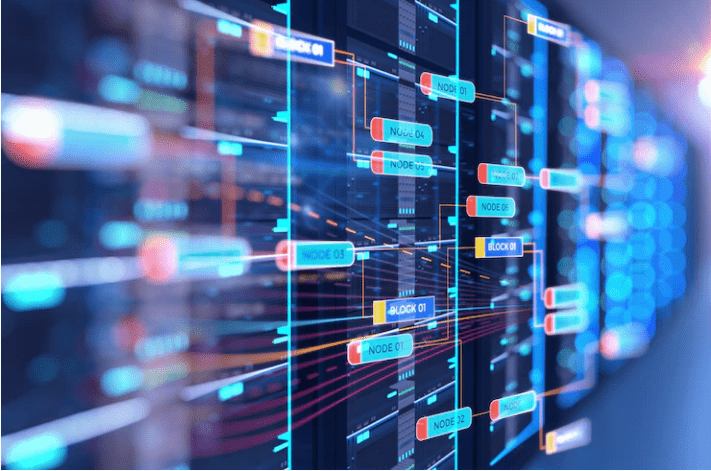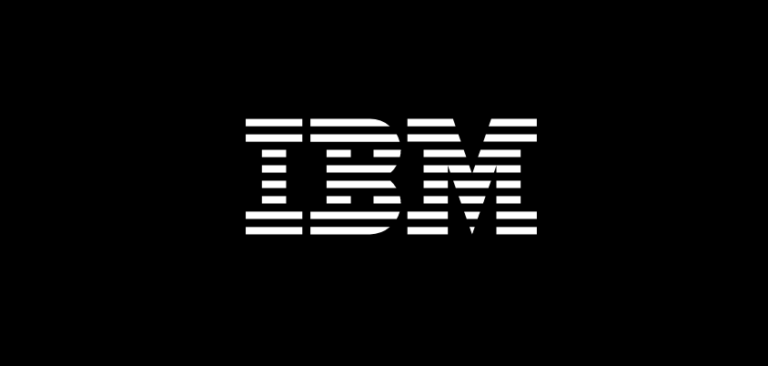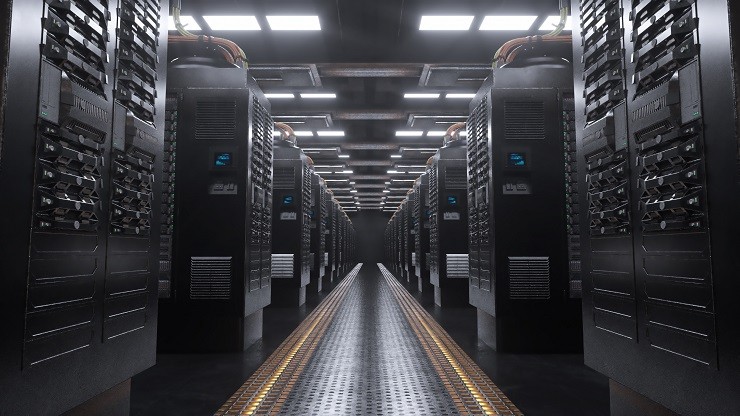High-performance flash-based storage is increasingly insinuating itself into enterprise infrastructure. It’s showing up in everything from server caches and directly attached storage to hybrid arrays and fully solid state storage appliances.
But corporate storage requirements are exploding, meaning enterprises will need far more storage capacity — both flash and spinning hard disk storage — in the future.
Hard disk drive (HDD) capacities continue to grow, while the decrease in the price per gigabyte shows no sign of slowing, thanks to numerous innovations ranging from new ways to write data like shingled magnetic recording (SMR) and heat-assisted magnetic recording (HAMR) to the practice of filling drive cases with helium.
The big question is whether a similar range of innovations are appearing in the world of solid state storage. Can solid state drive (SSD) manufacturers increase the capacity (and reduce the cost) of their products at a similar rate to HDD makers, so that solid state storage can still make economic sense in the large quantities that will be required in the future?
The good news is that three important technology innovations will allow flash storage to keep up with spinning disks in terms of capacity increases and falling cost per gigabyte.
Storage TLC
The first of these innovations revolves around cell levels and relates to the way that flash memory stores data.
Flash storage is made up of memory cells, each of which has a floating gate transistor that can hold a charge. The state of this transistor determines the data that the cell is storing. Currently there are a variety of different types of flash, including single-level cell (SLC), multi-level cell (MLC) and enterprise grade MLC (eMLC). Understanding these is the key to understanding future innovation.
SLC is the simplest flash technology, and it involves cells that each hold a single bit of data. That’s because the cell’s transistor can hold one of two possible charges, corresponding to either a 0 or a 1. The primary benefits of SLC flash are that it is hard wearing — meaning that many read/write cycles can be carried out before the cell is worn out and no longer works — and that reads and writes are fast. The drawback is that it is expensive as only a single bit of data can be stored in each cell. Because it is expensive, SLC flash is often called enterprise grade flash, and it used in premium storage products rather than cheaper “consumer grade” devices.
MLC is more complex than SLC because each cell’s transistor can hold four different levels of charge, allowing two bits to be stored in the cell. (The four charge levels correspond to both bits being 0, both being 1, 1-0 or 0-1.) MLC tends to be at least half the price of SLC (because more data can be stored per cell) but it wears out an order of magnitude quicker. And write speeds to MLC are slower than to SLC. For those reasons MLC tends to be used in consumer devices rather than expensive enterprise-grade hardware.
Because MLC is so much cheaper than SLC, manufacturers came up with the concept of eMLC — multi-level cell flash that was designed to be (almost) as hard wearing as SLC, making it more suitable for enterprise environments.
According to Jim Handy, a solid state storage expert and semiconductor analyst at Objective Analysis, the main difference between eMLC and standard MLC is just that the firmware in the hardware controller that manages the flash cells writes to the cells more “gently.” This results in around three times the endurance of MLC, but at a cost of 15 to 25 percent lower performance, he says.
The latest innovation in cell levels involves taking MLC a stage further with the development of the triple-level cell (TLC). As the name suggests, this technology has the ability to cram three bits of data in each cell, using a transistor that can store eight different charge levels. Because it can store three times the data in the same number of cells, TLC is very much cheaper per gigabyte than SLC, and it also enables more storage capacity to be built into a given form factor.
There are, however, drawbacks to TLC flash, and once again these are related to speed and durability. But what’s exciting about TLC is that innovations in flash controller technology are making these drawbacks far less important.





